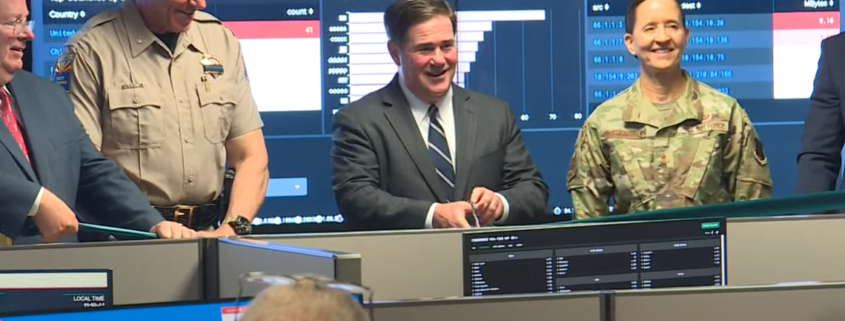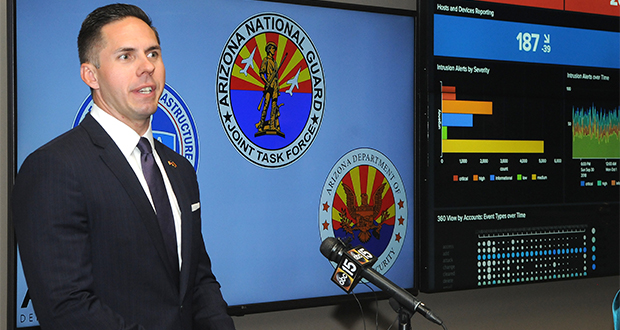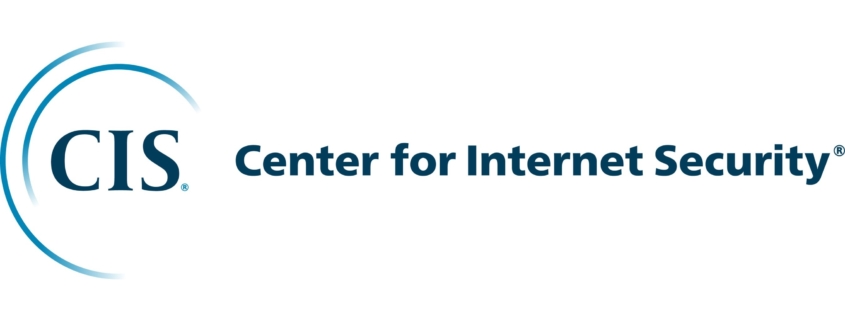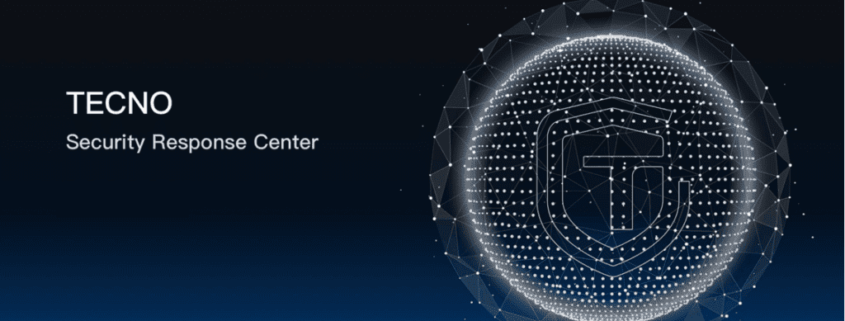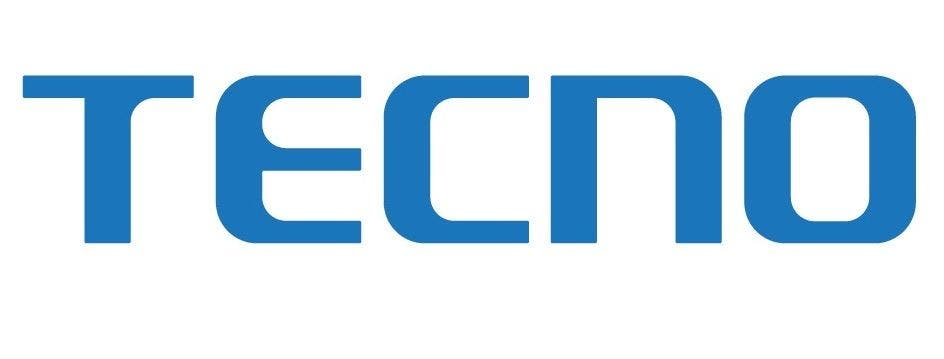Arizona opens cyber command center in Phoenix
State and federal law enforcement officials will use the center as a place to share information that can thwart hackers attempting to access private accounts.
PHOENIX — Arizona has unveiled its new headquarters for the state’s war on cyberattacks.
The Cyber Command Center, located in a non-descript, north Phoenix office building, will allow state cybersecurity experts to work alongside their federal counterparts to thwart daily threats of cyberattacks against state resources.
Under one roof
The Cyber Command Center is meant to allow increased information sharing between local, state, and federal agencies to investigate and respond to various cyberattacks.
“Unfortunately, we know that this is something our enemies want to exploit,” said Gov. Doug Ducey. “We’re the first state in the nation to put something like this together in terms of investment. It’s Homeland Security, its national security. We rely on these people and I have a lot of confidence that they can keep Arizona safe and be a model for other states.”
According to Tim Roemer, director of Arizona Department of Homeland Security, his agency fought against roughly 800,000 cyberattacks in September 2021.
“When I was briefed as a new governor by the FBI… they said we should quit calling it ‘cyberwarfare’ and ‘cybersecurity’ because this is the future of warfare and the future of security,” Ducey said.
A new kind of war
When hackers shut down Colonial Pipeline, a company that supplies roughly 45% of the east coast with fuel, it underscored how dangerous ransomware can be, and just how vulnerable computer systems can be to attacks.
…
